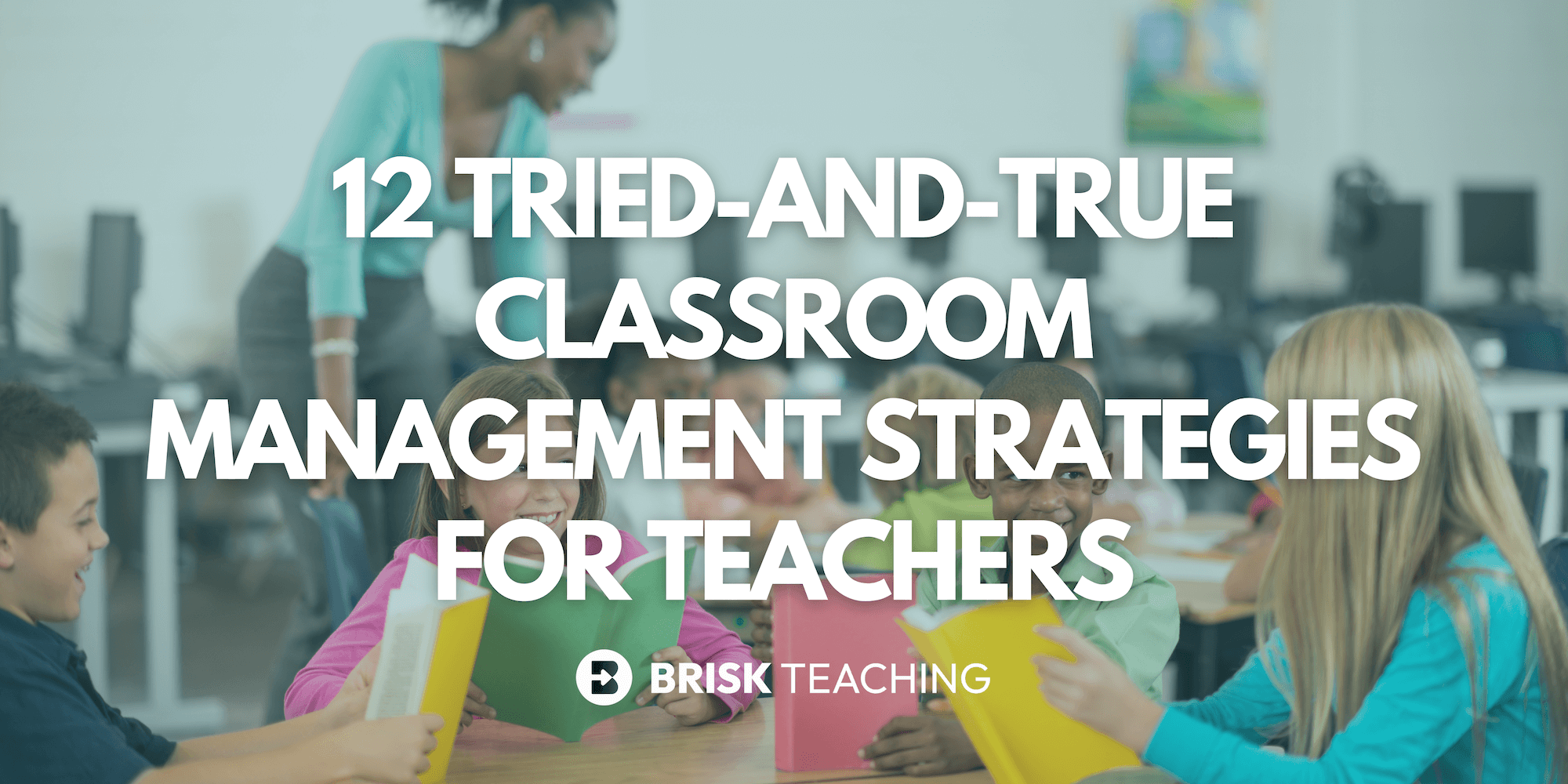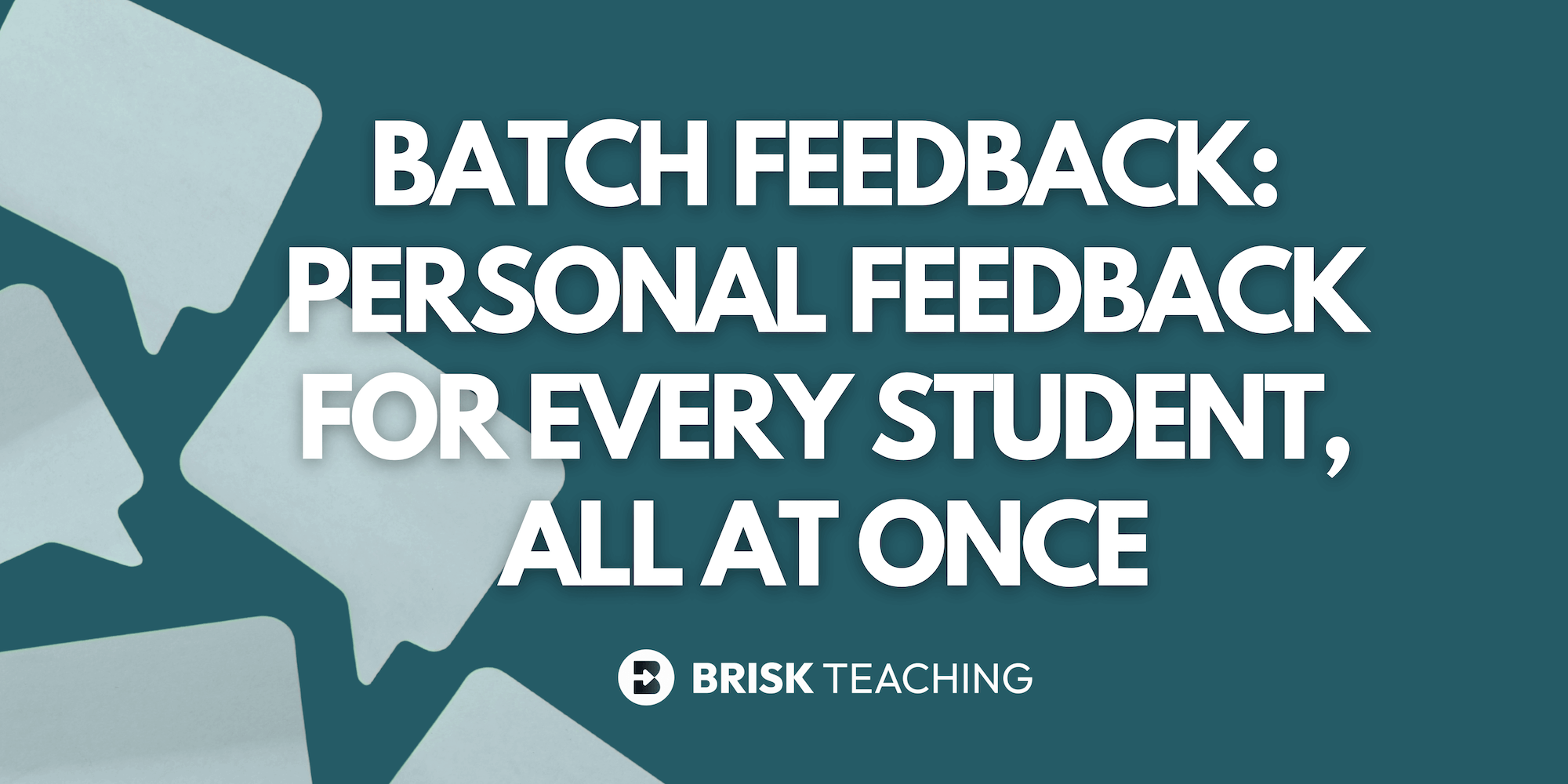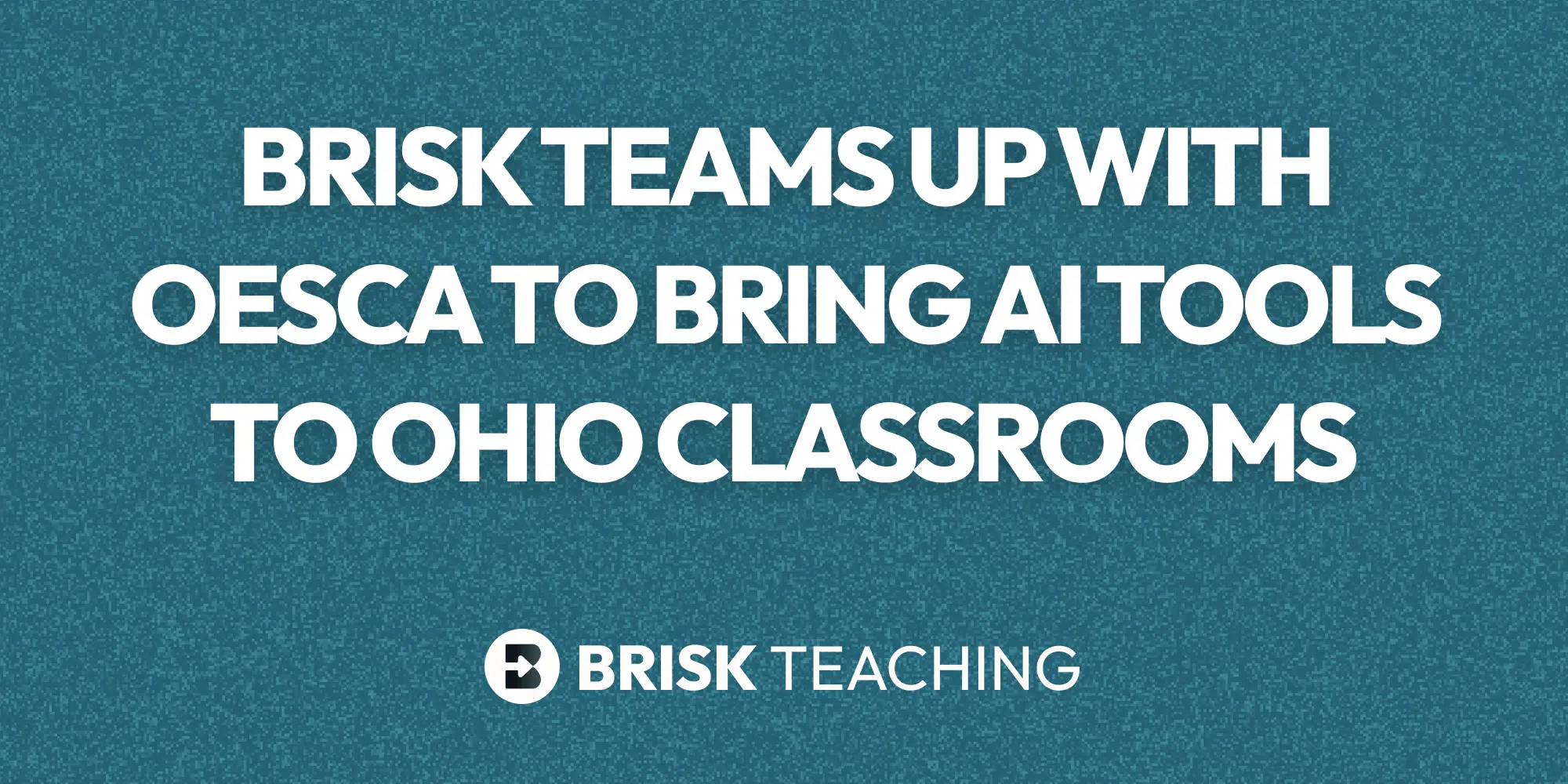Every teacher knows the feeling: you’ve planned an engaging lesson, the kind that should spark curiosity and conversation, but halfway through the period you’re redirecting chatter, repeating instructions, or trying to get everyone back on task. It’s not that your content isn’t good — it’s that classroom management is the invisible framework that makes everything else possible.
Strong management isn’t about being strict. It’s about building trust, setting clear routines, and creating an environment where both you and your students can thrive. In fact, research consistently shows that effective management improves student engagement, boosts academic performance, and even reduces teacher stress and burnout.
The truth is, classroom management doesn’t look the same in every room. What works with a group of 3rd graders may flop with 10th graders. But certain strategies hold up across ages and contexts — and those are the ones you’ll find here. These are practical moves you can put into action right away.
Here are 12 tried-and-true classroom management strategies to help you build consistency, create calm, and get back to doing what you love most: teaching.
1. Set Clear Expectations from Day One
Students can’t follow rules they don’t know. Start the year with clear, simple expectations that are easy to remember. Post them where everyone can see and refer back to them often. Keep them short — 3–5 main rules are better than a long list.
Even better, involve students in creating those norms. When kids help write “Our Class Agreements,” they’re more invested. For example, instead of “No talking when the teacher is talking,” your class might agree on “We listen when others share.”
Pro Tip: Use Brisk to generate age-appropriate examples of class agreements or even create a reflection prompt for students to write their own.
2. Build Relationships First
Students behave better when they feel respected and seen. Think of relationship-building as preventative management. Greet students by name, ask about their weekends, and follow up when they share something important.
Small gestures matter: a smile at the door, noticing when someone changes their haircut, or commenting on a sports game they played. When students know you care, they’re more likely to stay engaged and less likely to act out.
One high school teacher shared that the moment she started checking in with each student during independent work time, disruptions decreased dramatically. That human connection is powerful.
3. Keep Routines Consistent
Students thrive on predictability. Routines save time, minimize confusion, and reduce the number of decisions you have to make on the fly. Think about the flow of your day: How do students enter the classroom? How do they transition between group work and independent practice? How do they submit assignments?
Create visual reminders or post step-by-step instructions on the board. The more consistent your routines, the smoother your lessons run. When kids know the “rhythm” of your classroom, there’s less space for off-task behavior to creep in.
Pro Tip: Use Brisk to create quick visual checklists or routine slides to keep transitions smooth.
4. Use Proximity and Presence
Sometimes the most effective classroom management strategy is simply where you stand. Circulating through the classroom, rather than teaching from one spot, sends a signal that you’re present and aware.
For example, if two students are whispering in the back, walking closer often stops the behavior without saying a word. Similarly, standing near a student who’s getting restless can redirect attention without interrupting the lesson.
Pair this with positive body language such as eye contact, nodding, or a quick smile — and you’re reinforcing both attention and connection.
5. Reinforce the Positive
Too often, attention goes to the loudest disruptions. But calling out positive behavior can shift classroom culture. Recognize when students are on task, helping a peer, or showing perseverance.
This doesn’t always mean stickers or points. Sometimes a simple, genuine, “I love how you jumped right into that task,” goes further than any reward system.
Over time, students realize that good behavior gets noticed, and that creates momentum.
6. Offer Choices
When students feel powerless, they push back. Offering choice gives them ownership and reduces resistance. Choices don’t have to be big — even letting students pick between working alone or with a partner, or choosing between two different assignment formats, can make a huge difference.
For instance, instead of saying “Write a paragraph about the novel,” try “Choose: write a paragraph, create a diagram, or record a voice note explaining your thinking.”
Pro Tip: Brisk makes it simple to generate multiple assignment formats at different reading levels — giving you ready-to-use choices without extra prep.
7. Break Lessons into Chunks
The longer you talk, the harder it is to hold student attention. Break lessons into shorter chunks with a mix of direct instruction, guided practice, and active learning.
Try a 10-2 rule: for every 10 minutes of instruction, give students at least 2 minutes to process, discuss, or apply. This keeps energy up and prevents behavior issues born out of boredom.
Exit tickets, “turn and talk,” or short polls can be easy ways to keep things moving.
8. Use Nonverbal Signals
Your voice doesn’t need to carry the entire classroom. Nonverbal cues — like a hand signal for quiet, clapping patterns, or even a countdown with your fingers — can bring order without raising stress levels.
Many teachers use call-and-response signals like, “Class, class?” → “Yes, yes!” It feels playful, gets attention quickly, and avoids constant reminders.
Pro Tip: Need quick ideas? Brisk can generate lists of age-appropriate call-and-response routines or attention-getters to refresh your toolbox.
9. Plan for Transitions
Most disruptions happen during downtime. Smooth transitions reduce opportunities for distraction. Give clear countdowns (“Two minutes left”) and use consistent cues when it’s time to shift tasks.
Some teachers use music — a 30-second song clip signals cleanup time. Others use visuals like a projected timer. The key is consistency so students know what’s expected.
Think of transitions as mini-routines. The more predictable they are, the smoother your day runs.
10. Stay Calm and Consistent
When chaos hits, your reaction matters. Students mirror your tone and energy. Staying calm shows students you’re in control even when things feel shaky.
Consistency is just as important. If you say there will be a consequence, follow through every time. Inconsistency breeds testing, students push boundaries to see what will stick.
A calm, steady approach builds trust: students know what to expect, and that predictability reduces acting out.
11. Involve Students in Problem-Solving
Sometimes misbehavior isn’t about defiance, it’s about unmet needs. When issues arise repeatedly, invite students into the solution. Ask questions like:
- “What’s making it hard for you to stay on task?”
- “What could help you participate more?”
This shifts the dynamic from confrontation to collaboration. Students often suggest practical fixes you hadn’t considered, and they’re more likely to follow through when it’s their idea.
12. Reflect and Adjust
No two groups of students are the same. What worked last year may flop this year. Regular reflection helps you fine-tune. Take five minutes on Friday to jot down what worked and what felt messy.
Some teachers also ask students for feedback: “What helps you learn best in this class?” Their answers can be eye-opening.
Pro Tip: Brisk makes it easy to generate reflection prompts or quick surveys for students, helping you gather insights without adding to your workload.
Bringing It All Together
Classroom management isn’t about creating a perfect room where nothing ever goes wrong. It’s about building an environment where students feel safe, respected, and ready to learn — and where you can teach without constantly putting out fires.
Start small. Pick one or two strategies from this list and try them this week. Over time, layering strategies builds consistency and creates a positive culture.
And remember: you don’t have to do it all alone. Tools like Brisk Teaching help lighten the load with lesson planning, differentiated materials, and quick feedback. The more time you reclaim from the busywork, the more energy you’ll have for the heart of classroom management: connecting with your students.
Get started with Brisk Teaching today.
.svg)







